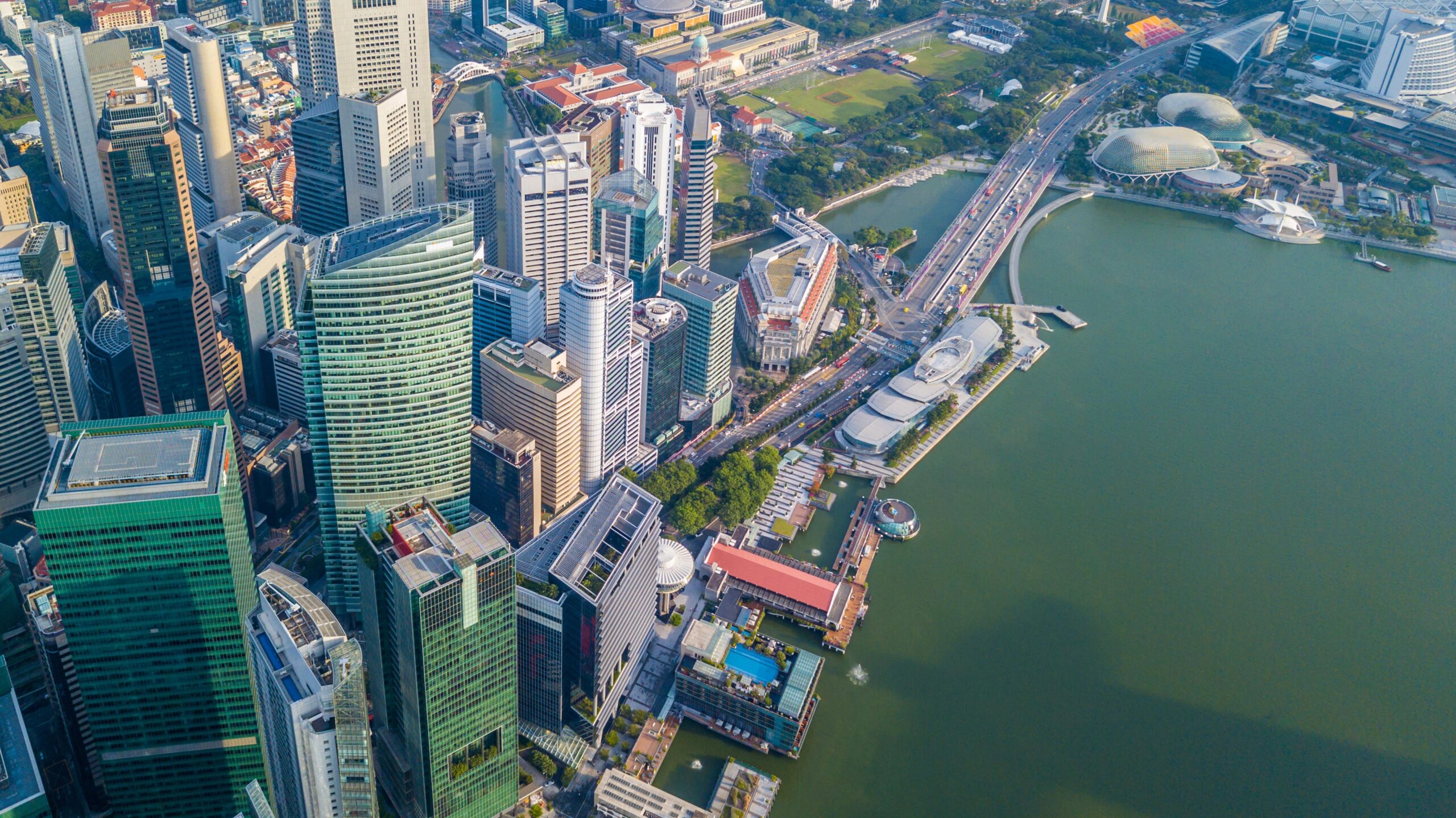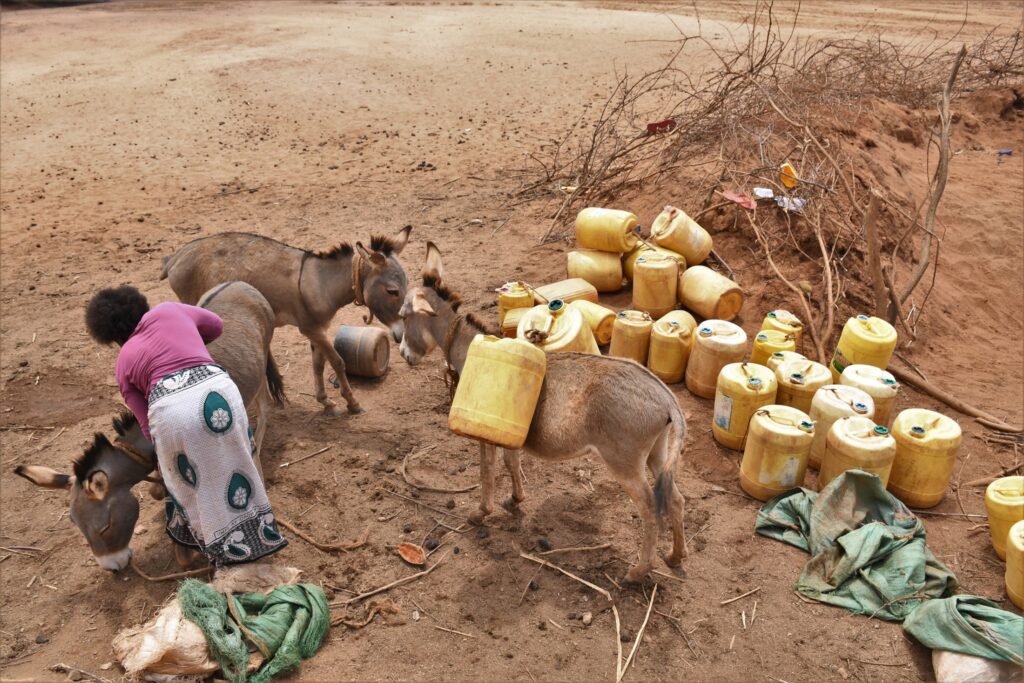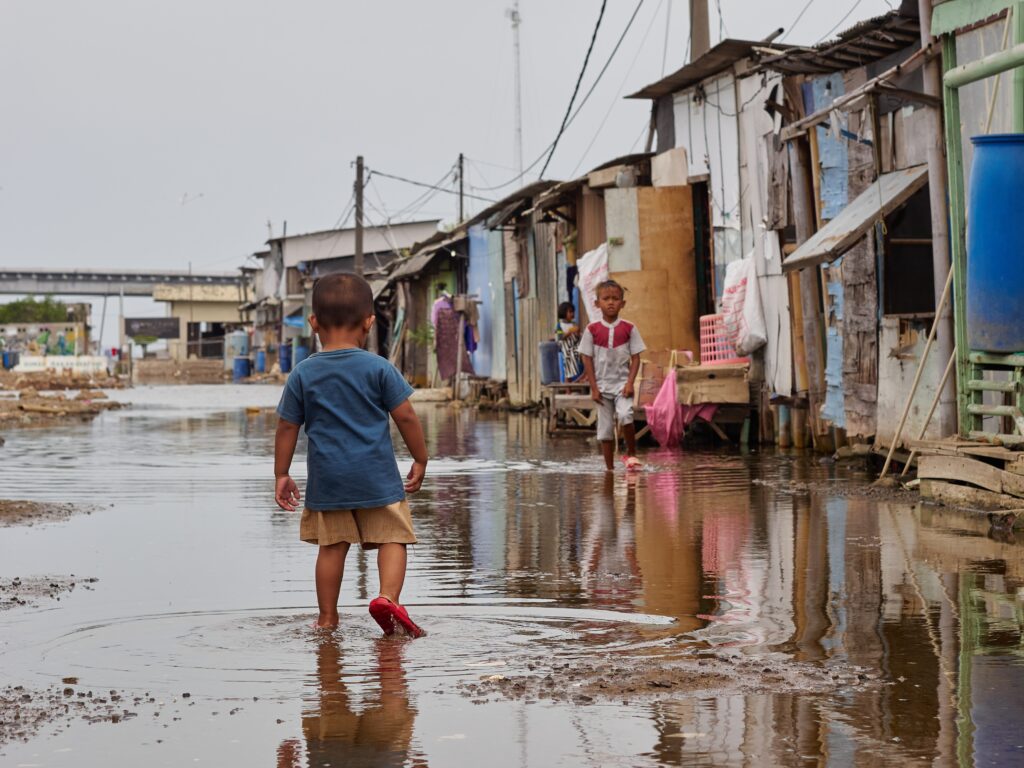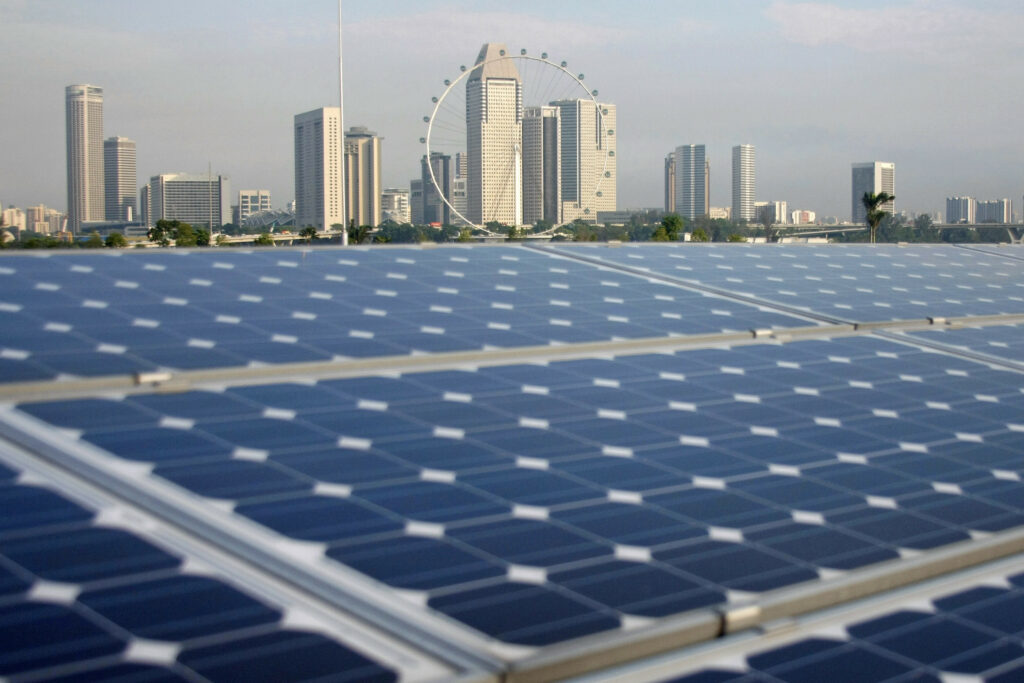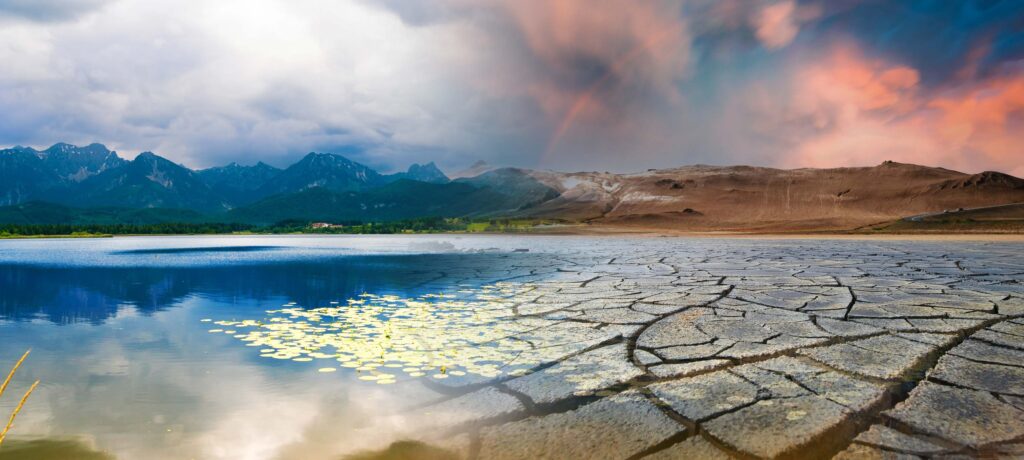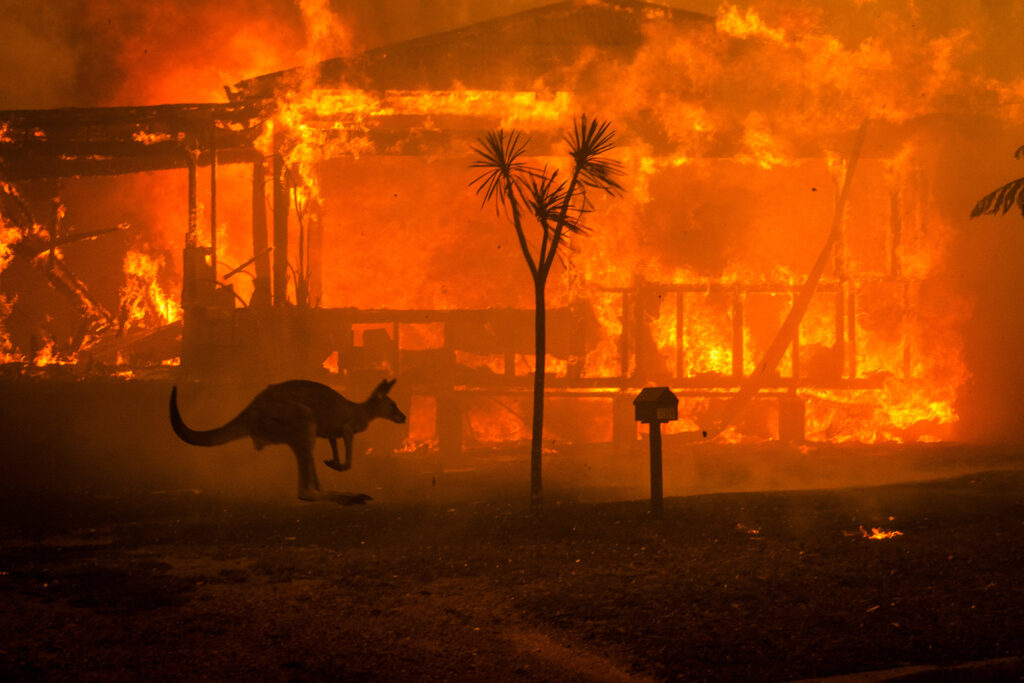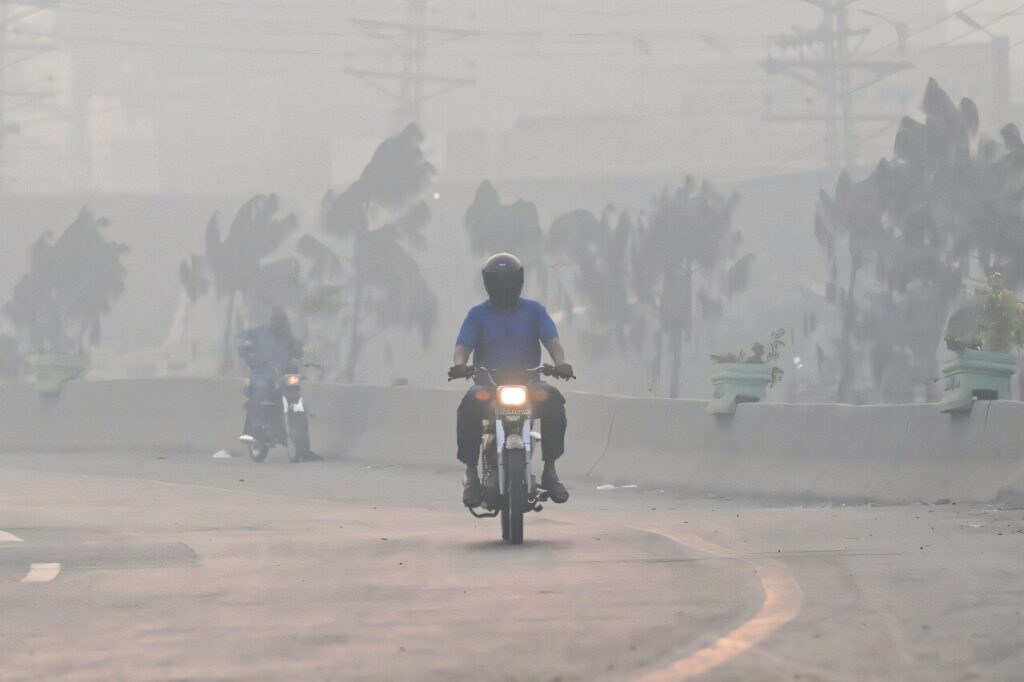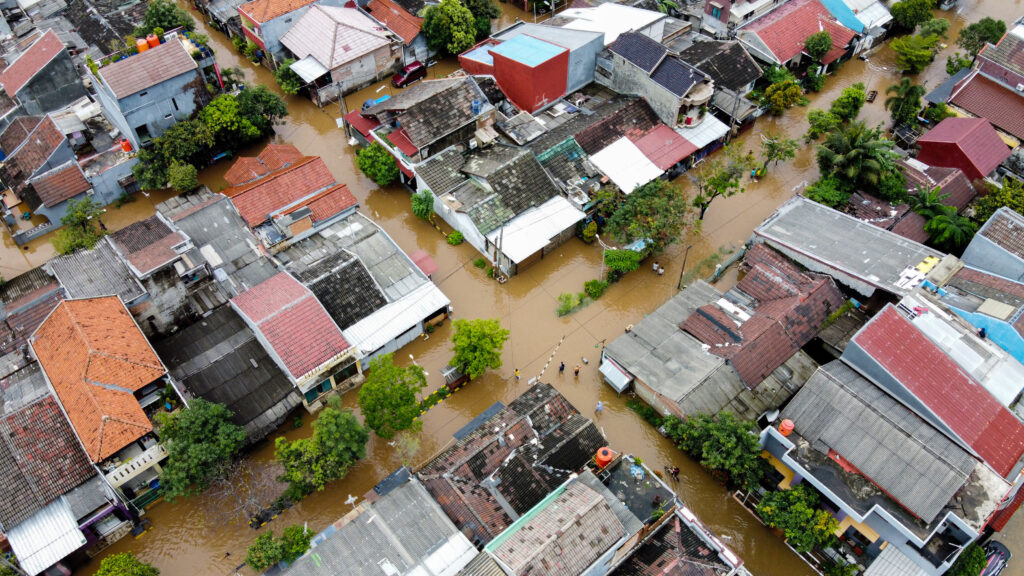The sea level rise in Singapore is a pressing concern for the densely populated island nation. As a small, low-lying city-state, about 30% of its land is less than 5 m above sea level. This makes Singapore’s people, ecosystems, infrastructure and economy acutely vulnerable to the consequences of rising waters.
Due to its unique vulnerabilities, Singapore’s National Climate Change Secretariat (NCCS) identifies sea level rise as the nation’s most immediate climate change threat. Here, we explore the potential consequences of sea level rise in Singapore, its causes and the measures the country is taking to protect Singapore from such sea level rises and adapt to the increasing threat of their impacts.
What Is Causing the Sea Level to Rise in Singapore?
Over recent decades, the ocean has absorbed 90% of the warming caused by human greenhouse gas emissions, causing an unprecedented rise in ocean temperatures. As water warms, it expands, causing a rise in sea levels. This has been a crucial driver of sea level rise in Singapore to date, said Dr. Timothy Shaw from Nanyang Technological University’s Earth Observatory of Singapore.
However, an even greater threat looms this century. Escalating temperatures mean that the Greenland and Antarctic ice sheets are melting at an alarming pace into the expanding ocean. The impacts will be felt the greatest in tropical countries near the equator due to how melting water redistributes around the Earth. This means that Singapore could encounter approximately 30% more water than other regions, said Professor Benjamin Horton, director of the Earth Observatory of Singapore.
Rising Sea Levels: Future Scenarios
How high sea levels will continue to rise depends on the decisions made today. According to the Intergovernmental Panel on Climate Change’s (IPCC) latest scenarios, the most optimistic outlook – which includes reining in global warming to 1.5°C above pre-industrial times – is expected to result in 0.28 m to 0.55 m of global mean sea level rise by the end of the century. Conversely, on our current trajectory, GHG emissions will continue to surge and lead to a 2.7°C temperature rise, corresponding with a 0.44 m to 0.76 m rise in sea levels by the same date.
However, scientists also highlight the possibility of irreversible tipping points, triggering low-likelihood, high-impact consequences for ice sheet instability. This could lead to substantially higher levels than these current predictions – up to 1.8 m of rise in Singapore by 2100.
There are additional important risk elements to consider. According to Hazel Khoo, the director of Singapore’s Coastal Protection Department, factoring in the compounding effects of coastal surges, extreme high tides and land subsidence could see a staggering rise as high as 4 m to 5 m by 2100. Khoo said the impacts and damage would have devastating consequences and require immediate action to implement coastal protection measures.
How Will Rising Sea Levels Affect Singapore?
Rising sea levels put low-lying Singapore at a severely increased risk of flooding. Heavy rainfall events have become more frequent since 2010, and rising seas compound their impacts. In 2017 alone, there were 14 flash floods, compared to 10 in 2016 and six in 2015. This trend leaves low-lying areas – including densely populated residential neighbourhoods and critical infrastructure – at risk of being inundated.
The associated economic impact will also become increasingly burdensome. For example, the government estimates it will need to spend USD 75 billion, around 20% of the country’s GDP, on coastal protection plans over the coming decades. Coastal erosion, exacerbated by higher sea levels and more frequent storm surges, could lead to land value losses of USD 2 billion by 2100. Moreover, melting ice caps might open alternative sea routes and challenge Singapore’s status as a global sea hub.
Adaptation and Coastal Protection Measures
Singapore has been proactive in implementing adaptation and protection measures in response to the grave and increasing threat of rising sea levels. In 2019, Prime Minister Lee Hsien Loong described the country’s seriousness in treating climate change as a matter of “life and death”, citing coastal protective measures as critical for the nation’s security. “Because this is a 50 to 100-year problem, we can implement a 50 to 100-year solution,” he said.
Measures have included improving drainage systems and constructing flood prevention infrastructure, such as sea walls, tidal gates and revetments. Walls and stone embankments to protect Singapore’s coastal areas from erosion cover 70% to 80% of its coastline, with natural areas such as beaches and mangroves covering the remainder. The latter plays a crucial role in buffering the coastline against major storm events and sea level rise, reducing wave heights by more than 75%.
In September 2023, Singapore also inaugurated a new research facility to develop long-term solutions for safeguarding against sea level rise. The Coastal Protection and Flood Resilience Institute (CFI Singapore) sets out to confront the “existential threat” posed by rising sea levels. “If we don’t do this well, our lives are at stake,” said Singapore’s Environment Minister Grace Fu. The institute has already launched research projects exploring new engineering possibilities, such as flexible seawalls and nature-based coastal protection solutions using mangroves or seagrass.
However, while nature-based solutions defend against the impacts of climate change, they are also vulnerable to its impacts. Dr. Timothy Shaw highlights that projected sea-level changes could imperil protective coastal ecosystems, such as mangrove forests, which may struggle to survive. This underlines the need to pair adaptation measures with comprehensive, immediate and dramatic climate change mitigation. This is absolutely crucial to ensure the worst-case scenarios for global sea levels never arise.
Evelyn Smail
Writer, United Kingdom
Evelyn is a freelance writer and journalist specialising in climate science and policy, the just energy transition and the human impacts of climate change. She writes for independent publications, NGOs and environmental organisations. Evelyn has a background in sustainable development, climate justice and human rights.
Evelyn is a freelance writer and journalist specialising in climate science and policy, the just energy transition and the human impacts of climate change. She writes for independent publications, NGOs and environmental organisations. Evelyn has a background in sustainable development, climate justice and human rights.

